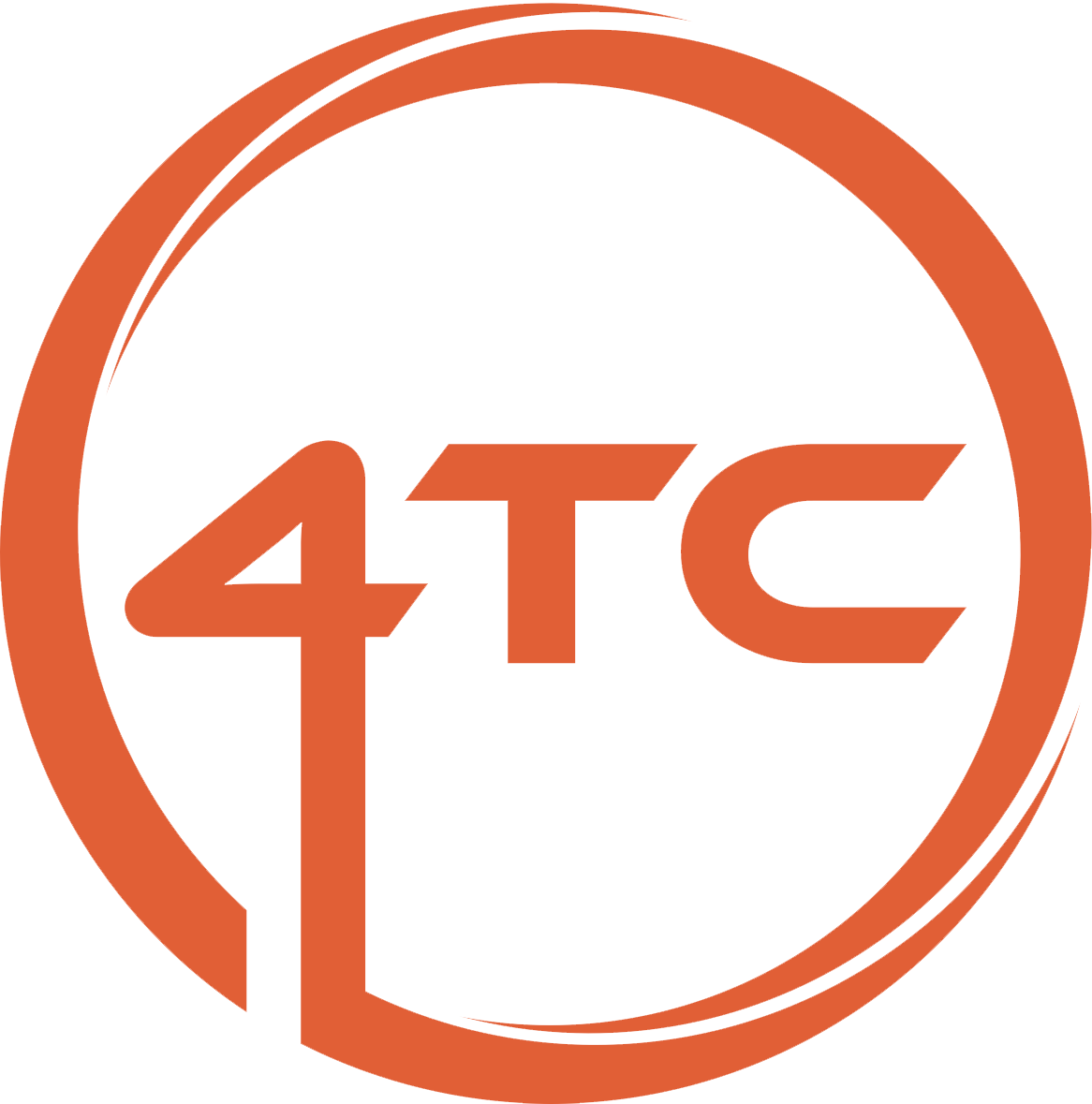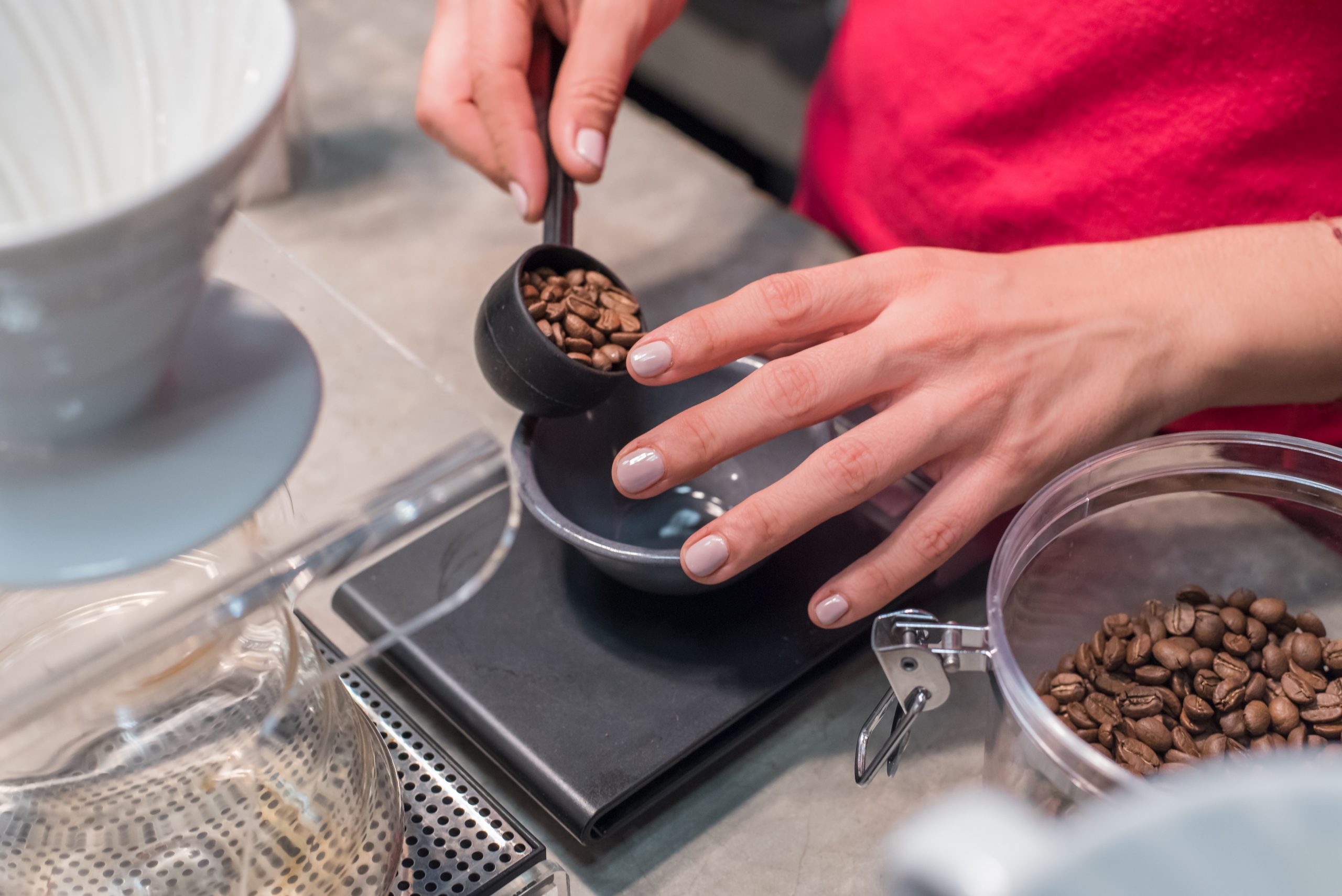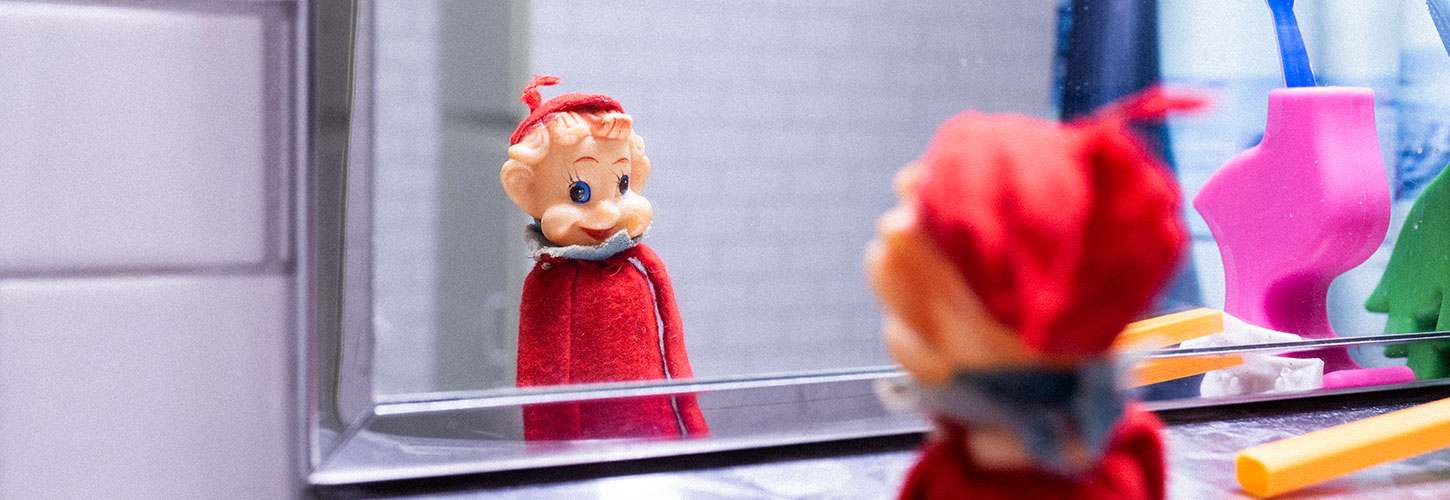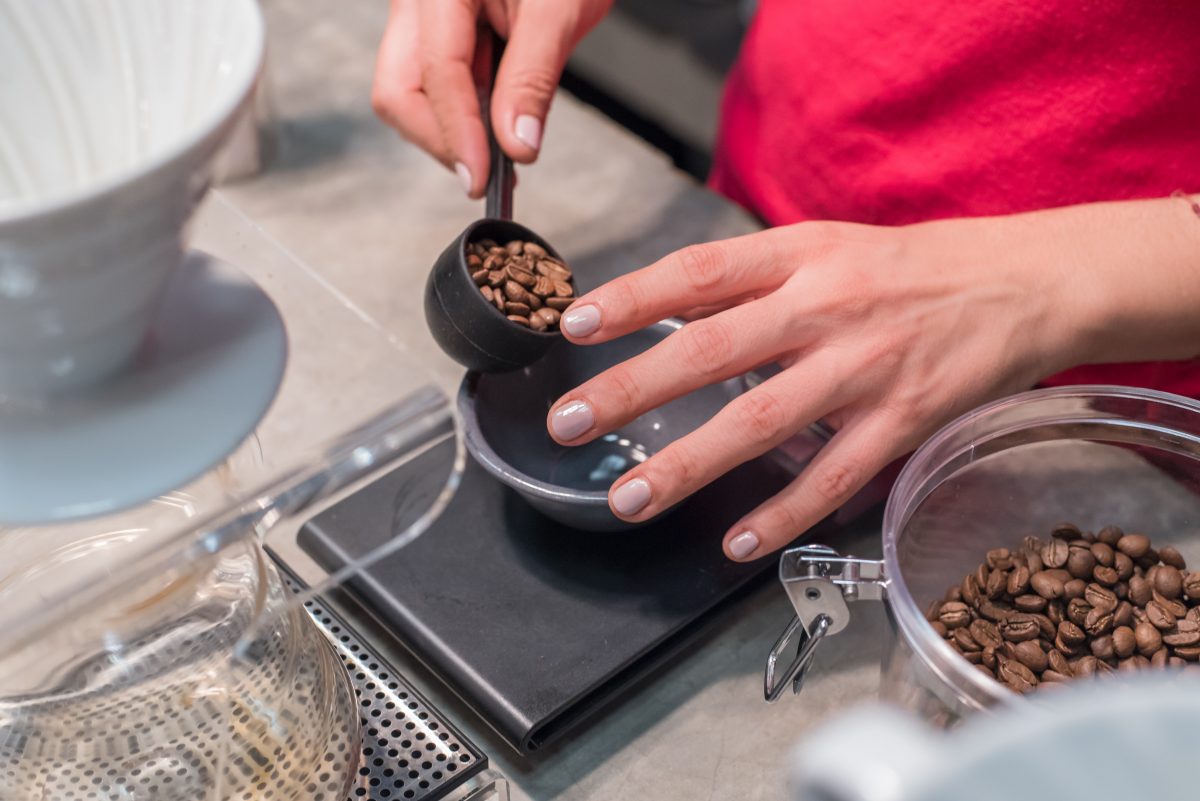LET'S TALK ABOUT 'THE CREATIVE'...
Way back, when God was a boy, mobile phones came with a battery the size of a small suitcase, the internet hadn’t been invented and lunch (for some) was measured in bottles, it was a ‘a creative’ and ‘the creative’.
‘A creative’ was either an art director (who did the drawings) or a copywriter (who did the words), they came in pairs and they worked for full-service ad agencies. ‘The creative’ was the idea they had for the client’s ad campaign which – but only very occasionally – bled into the client’s other marketing activities and – even more rarely – into the client’s PR programme.
Nowadays, it seems ‘the creative’ is being used to describe the Big Idea that’s going to drive a campaign across disciplines. The owner of ‘the creative’ is, de facto, the lead agency and everyone wants to be the lead agency – not simply because it puts you in the driver’s seat, but also because it can come with a disproportionate budgetary whack.
Two things here:
- ‘The creative’ still describes the idea that underpins the ad campaign, and there are creative agencies that exist to deliver it;
- In its truest sense, ‘the creative’ is designed for, and works best in, paid-for media – it’s rare that a true ‘creative’ translates into earned or social, because what’s a great concept for a paid campaign, generally isn’t very newsworthy or interesting.
Nonetheless, everyone (and when I say ‘everyone’, I’m looking at you, PR and Digital) is using the term ‘the creative’ to add perceived value to their ideas and proposals. But because they’re proponents of speciality disciplines, I’d suggest, it’s difficult for them to deliver a) the creative for an ad campaign, or b) the Big Idea that works for everybody. Or – more to the point – the Big Idea that everybody wants to work with.
From an earned media PR perspective we’re losing sight of what’s actually important. Let’s be honest, ‘creative’ is sometimes just another word for highly-strung, unpredictable, and off-message – and fixating on ‘the creative’ is, really, just adding another layer to the communication planning process.
What’s important is the ability to tell a story which delivers measurable results – eyeballs, share of voice, propensity to purchase, engagement – in the earned media environment.
Most of the time, those stories aren’t either Big Ideas or ‘the creative’. Those stories are found in the day-to-day operations of a business, in how the organisation interacts with its customers, in the USPs of its products or services, in the challenges it faces, in its purpose, and in the causes it champions.
Finding the stories, making them newsworthy and getting them in front of your audiences – now, that’s creative.
Relevant Topics
NEWS & VIEWS
Things we’re thinking and things we’ve seen






























